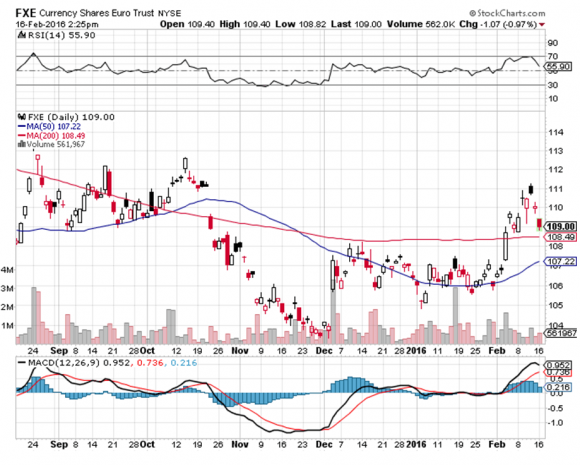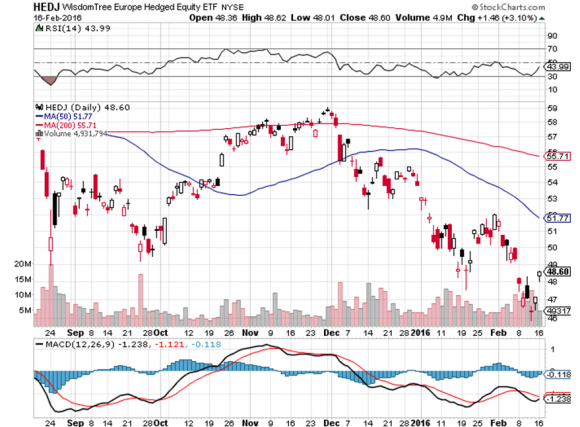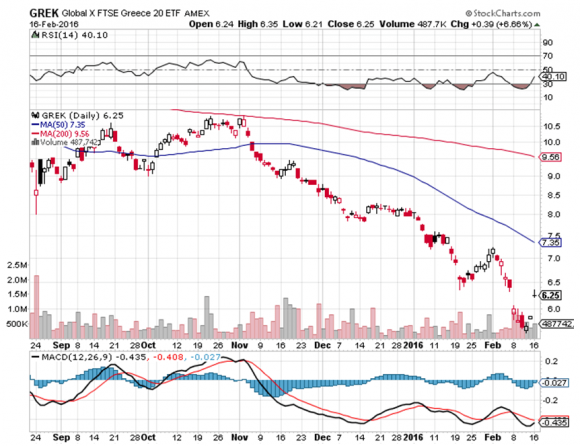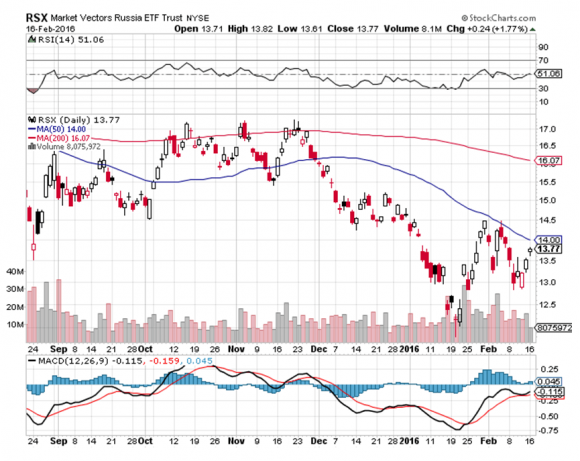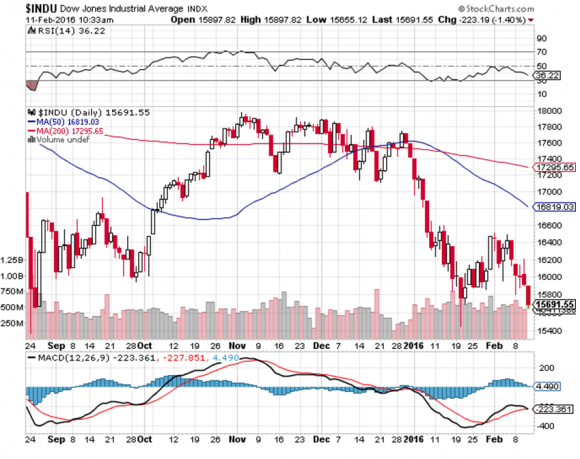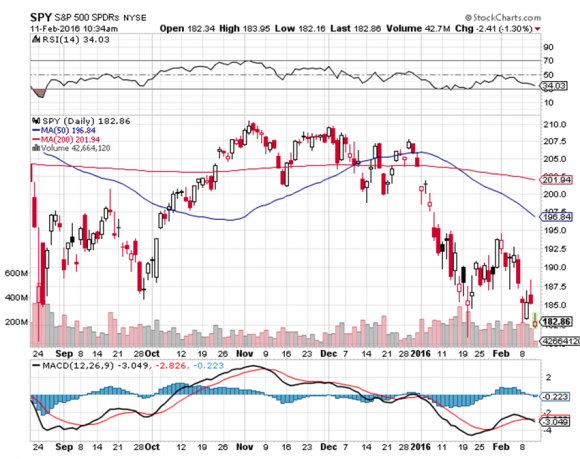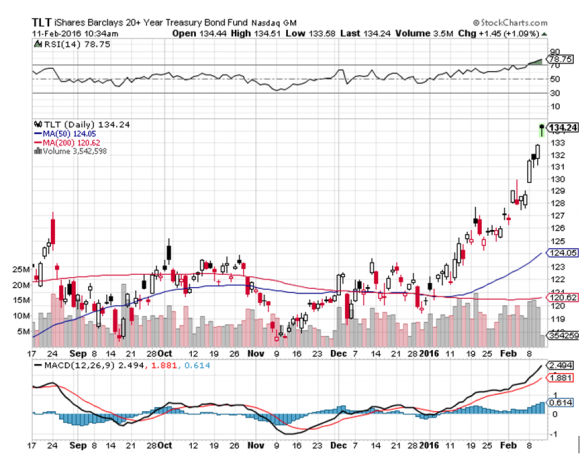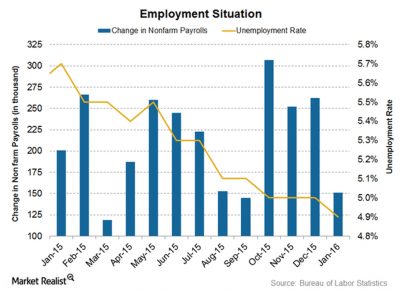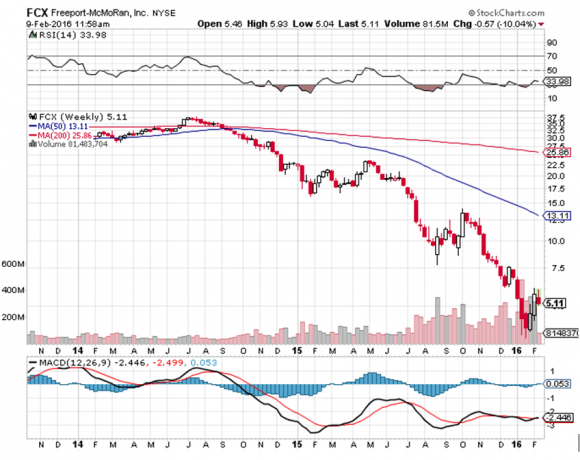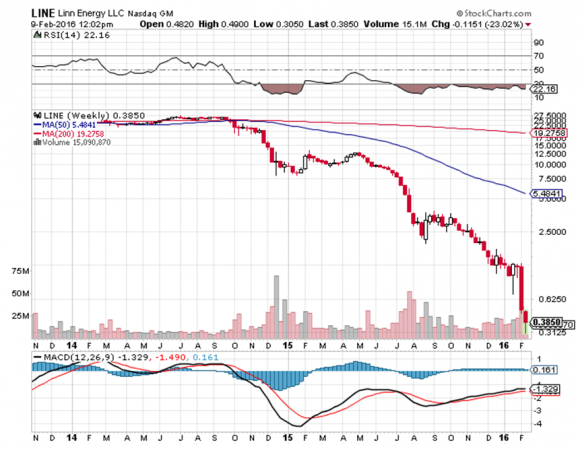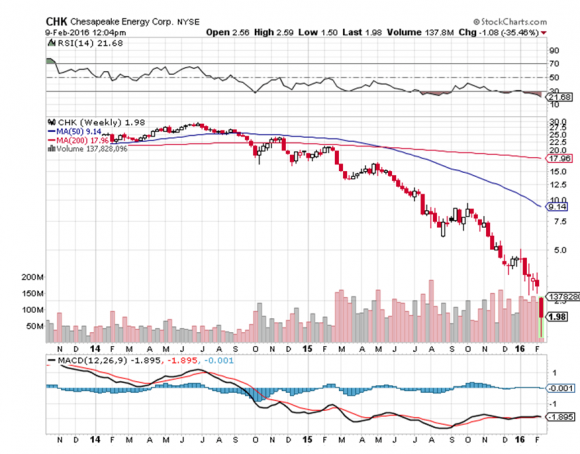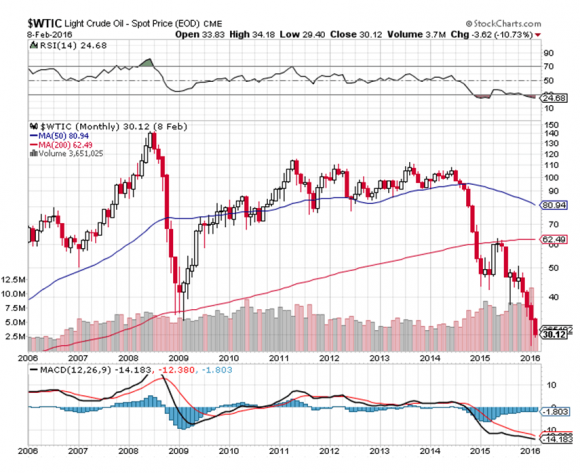Yesterday, I provided to you the evidence that oil may never again reach a triple digit price click here for ?Oil: It?s Different This Time? .
Today I am going to tell you what will replace it.
Sony Corp. (SNE) invented the lithium ion battery in 1991 to power its high end consumer electronics products. It is now looking like that was a discovery on par with Bell Labs? invention of the transistor in 1947 and Intel?s creation of the microprocessor in 1971, although no one knew it at the time.
Until then, battery technology was essentially unchanged since the first one was invented by Alessandro Volta in 1800 and Gaston Plante upgraded it to the lead acid version in 1859. That is the same battery that today starts your conventional gasoline powered car every morning.
The Sony breakthrough proved the springboard for a revolution in battery power. It has fed into cheaper and ever more powerful iPhones, electric cars, and even large scale utilities.
In 1995, the equivalent of today?s iPhone 6 battery cost $20. Today it can be had for $1.40 if you buy in bulk, which Apple does by the shipload. That?s a cost reduction of a mind blowing 93%.
Electric car batteries have seen prices plunge from $1,000/kilowatt in 2009 to only $200 today.
Tesla (TSLA) expects that price to drop to $150 when its $6 billion new ?gigafactory? comes online in Sparks, Nevada next year. The facility will produce cookie cutter off the shelf batteries made under contract by Japan?s Panasonic (Matsushita).
That will pave the way for the Tesla 3 in 2018, a low end $35,000 vehicle with a 200-mile range that will take over the global car market.
If you took existing battery technologies and applied them as widely as possible, it would have the effect of reducing American oil consumption from 22 to 18 million barrels a day. That?s what the oil market seems to be telling us, with prices at a 13-year low at $26 a barrel.
Improve battery capabilities just a little bit more and that oil consumption drops by half very quickly.
Both national and state governments are doing everything they can to make that happen.
The US is taking the lead here and now has a commanding technology lead over the rest of the world (I can?t believe the Germans fell so far behind on this one).
In 2009, President Obama chipped in $2.4 billion for battery and electric car development as part of his $787 billion stimulus package. He got a lot of bang for the buck.
So far, I have been the beneficiary of not one, but two $7,500 federal tax credits for my purchase of my Nissan Leaf and Tesla S-1. The Feds also chipped in another $13,000 for my new solar roof panels.
A reader told me yesterday that Sweden will ban the sales of gasoline and diesel powered vehicles from 2030. Japan wants electric and hybrids to account for half of its new car sales by 2020.
California has been the most ambitious, investing to obtain 50% of its power from alternative sources by 2030. Some 450,000 homes here already have solar panels, and these are not even counted in the equation.
Solar and wind are already taking over in much of Europe on a nonsubsidized, cost competitive basis.
At the current rate of improvement, electric cars will be cheaper than gasoline powered ones in only a few years. By 2030, a ten-pound battery in your glove compartment (glove box to you in London) will be able to take your car 300 miles. The cost of energy will essentially be free.
And guess what?
In a year, I will be able to use my solar panels to charge my 85-kilowatt Tesla battery during the day and then use it to power my home at night. That is enough juice to keep the lights on for three nights. Then, I will be totally off the grid, with utility bills of zero.
Tesla has denied it has such a program, but there is nothing to stop a third party from coming in and providing the service. All it would require is an app and 30 minutes worth of wiring.
To say this will change the geopolitical landscape would be a huge understatement. The one liner here is that oil consumers will benefit enormously, while the producers will get destroyed. I?m talking Armageddon, mass starvation levels of destruction.
In the Middle East, some 1 billion people with the world?s highest birth rates will lose their entire source of income.
Russia, which sees half its revenues come from oil, will cease to be a factor on the international stage, and may even undergo a third revolution. Take oil away, and all they have left is hacking.
Norwegians will have to start paying for their social services instead of getting them for free.
Venezuela, which couldn?t make it at $100 a barrel, will implode, destabilizing Latin America.
It going to be an interesting decade for we geopolitical commentators.
Further improvements in battery power per dollar will change the US economy beyond all recognition. This will be a big win for the 90% of the economy that consumes energy and an existential crisis for the 10% that produce it.
Public utilities will have to change their business models from power producers to distributors.
No less an authority than former Energy Secretary Dr. Steven Chu (another Berkeley grad) has warned the industry that they must change or get ?Fedexed?, much the same way that overnight delivery replaced the US Post Office.
US oil majors will suffer some very tough times, but won?t disappear. My bet has always been that they will buy the entire alternatives industry the second it becomes profitable.
After all, they are not in the oil business, but in the profit making business, and they certainly have the cash and the management and engineering expertise to pull this off. Exxon (XOM) will turn green out of necessity.
As is always the case, there are very few publicly listed stock plays in a brand new emerging technology like the battery sector. Many of the early stage entrants have already filed for bankruptcy and had their assets taken over for pennies.
It?s a business you want to be in because Citibank expects that giant grid scale batteries alone will be a $400 billion a year market by 2030.
When I visit friends at the oil majors in Houston, I chide them to be kind to that Birkenstock wearing long haired visitor.
He may be their future boss.


